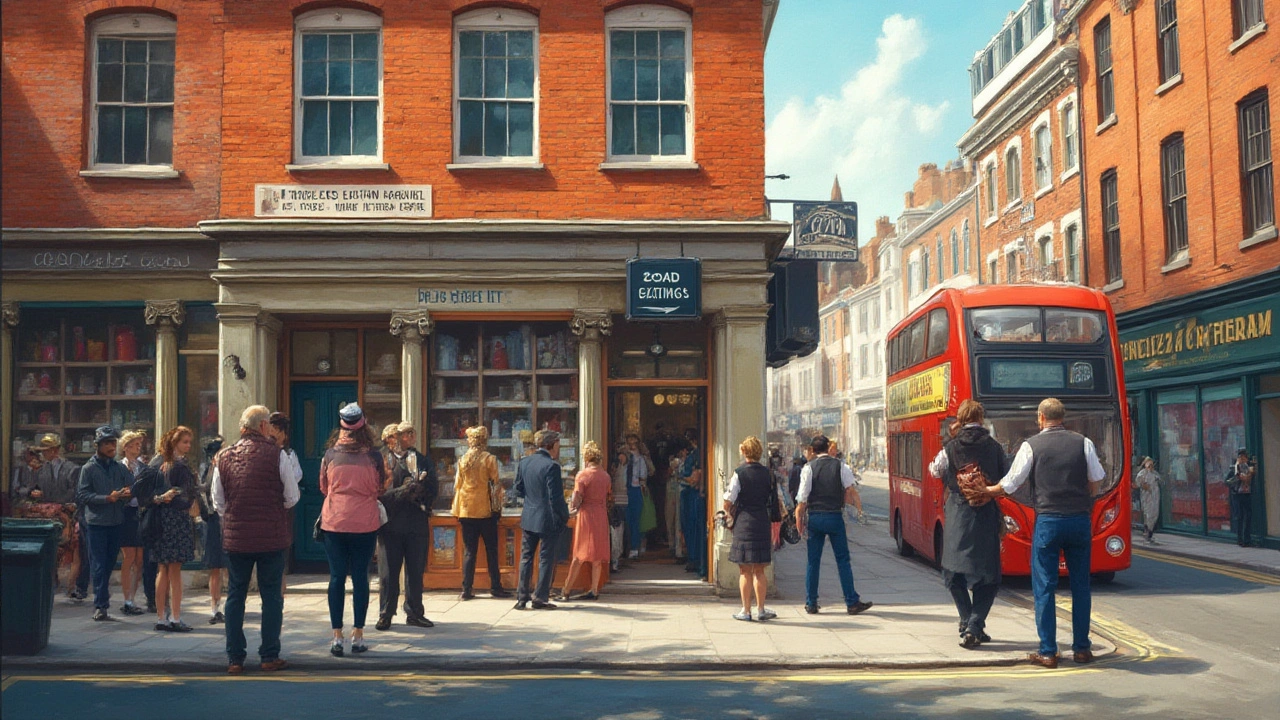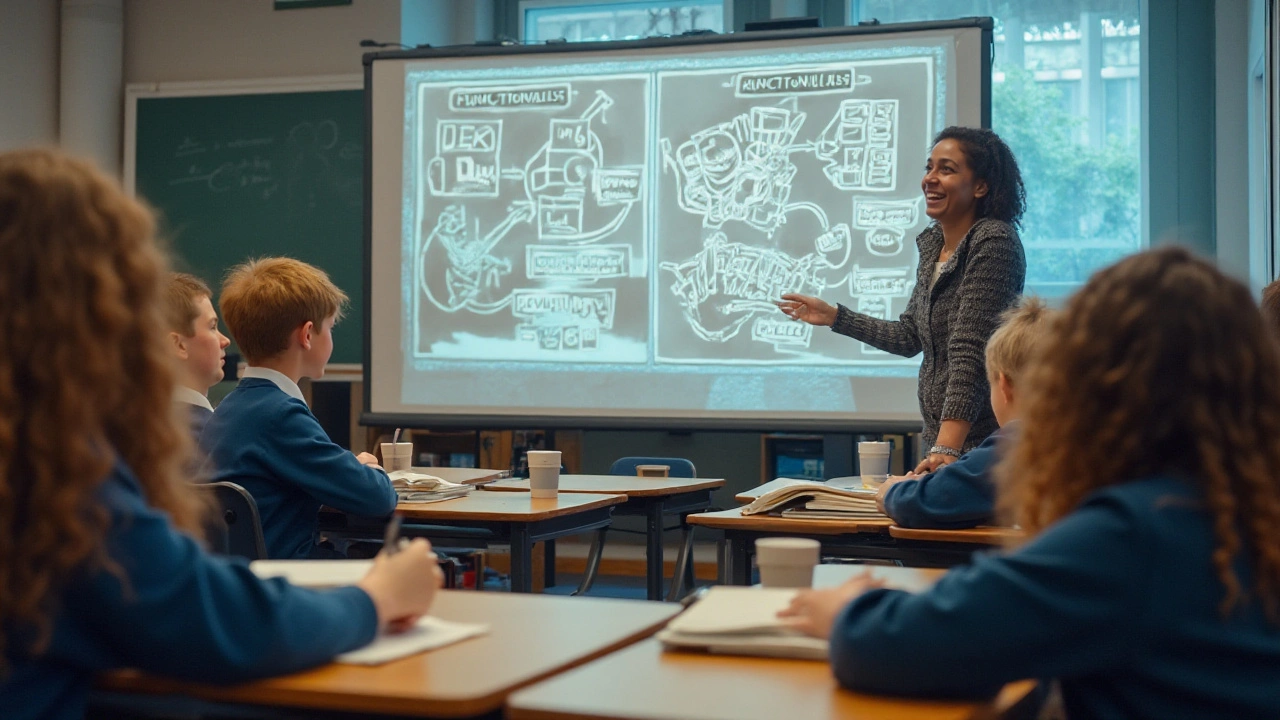Sociology of Art & Architecture: How Buildings Shape People
Architecture and design do more than look nice — they guide how we act, what we value, and how communities form. From Roman forums that organized public life to modern minimalist tech spaces that demand focus, every style carries social ideas. These ideas affect daily routines, public behavior, and even politics.
Think about revival styles popping up in coffee shops or Greek Revival courthouses in small towns. Revivalism isn’t just nostalgia; it’s a social signal. When a city restores Beaux-Arts facades or builds neo-Gothic churches, it’s choosing a story to tell about history, authority, or taste. Those choices shape who feels welcome and who feels excluded.
Where style meets behavior
Public spaces teach people how to use them. Wide plazas invite gatherings; narrow alleys discourage loitering. Georgian street grids influence walking and social mixing, while Baroque boulevards stage grand processions and civic drama. Now imagine a neighborhood of Craftsman homes: porches encourage neighborly chats. Small design decisions add up to big social outcomes.
Design also reflects power. Look at Renaissance palaces and Baroque cathedrals — they broadcast wealth and control. Conversely, minimalist offices aim to flatten hierarchy and boost productivity. These shifts tell you what leaders, companies, or communities want you to feel and do.
Practical ways to notice social signals
When you visit a city or restore a house, ask simple questions: Who is this building for? Does the entrance invite everyone or only a few? Are public spaces easy to reach by foot or car? Spotting columns, porches, plazas, or gated courtyards reveals social priorities like inclusion, privacy, or prestige. That awareness helps you make better design choices—whether renovating a home or picking a neighborhood.
Architecture also holds memory. Preserving Byzantine mosaics or Roman aqueducts keeps a community’s story alive. But preservation can clash with change: saving a historic facade might protect identity while blocking new housing. Those trade-offs are social decisions, not just aesthetic ones.
If you care about daily life, start looking at buildings as social texts. Read a street the way you read a headline: who wrote it, and who is it speaking to? Use that reading to inform where you live, how you vote on local planning, or how you decorate a shop to welcome certain customers.
Macklowe Art & Architecture collects stories that connect style and society — from Roman engineering and Gothic Revival to minimalism in tech and modern urban design. Explore articles to see concrete examples and simple tips for applying sociological thinking to real projects and travels.
Want easy ways to use this? Join local planning meetings, photograph streets that feel welcoming, compare neighborhoods by sidewalk width and number of shops, or read local preservation debates. If you’re renovating, pick elements that match community needs — not just trends. Small moves like adding a front porch, bike lanes, or flexible shopfronts change how neighbors meet. Use what you learn on this site to push for designs that make daily life easier and fairer.
Start exploring and notice.

Functionalism Explained: How Society Works Together Like a Well-Oiled Machine
Functionalism in sociology digs deep into how parts of society work together to keep things running smoothly. Discover insights, facts, and practical examples in this lively guide.
Read more
Functionalism and Its Rivals in Sociological Theory: A Comparative Analysis
This article provides an in-depth analysis of functionalism alongside other sociological theories. It aims to compare how each theory interprets social structures, norms, and institutions. It discusses the strengths and limitations of functionalism and juxtaposes them with conflict theory, symbolic interactionism, and feminism. The goal is to offer insights into how these perspectives contribute to understanding the complexities of social life.
Read more
Functionalism's Role and Impact on Modern Education Systems
This article delves into the concept of functionalism and how it has shaped and influenced education systems around the world. It covers the basic principles of functionalism, its historical context, key proponents, and real-world applications in modern education. The aim is to provide insightful information that can help educators, students, and policymakers understand the significant role functionalism plays in contemporary education.
Read more